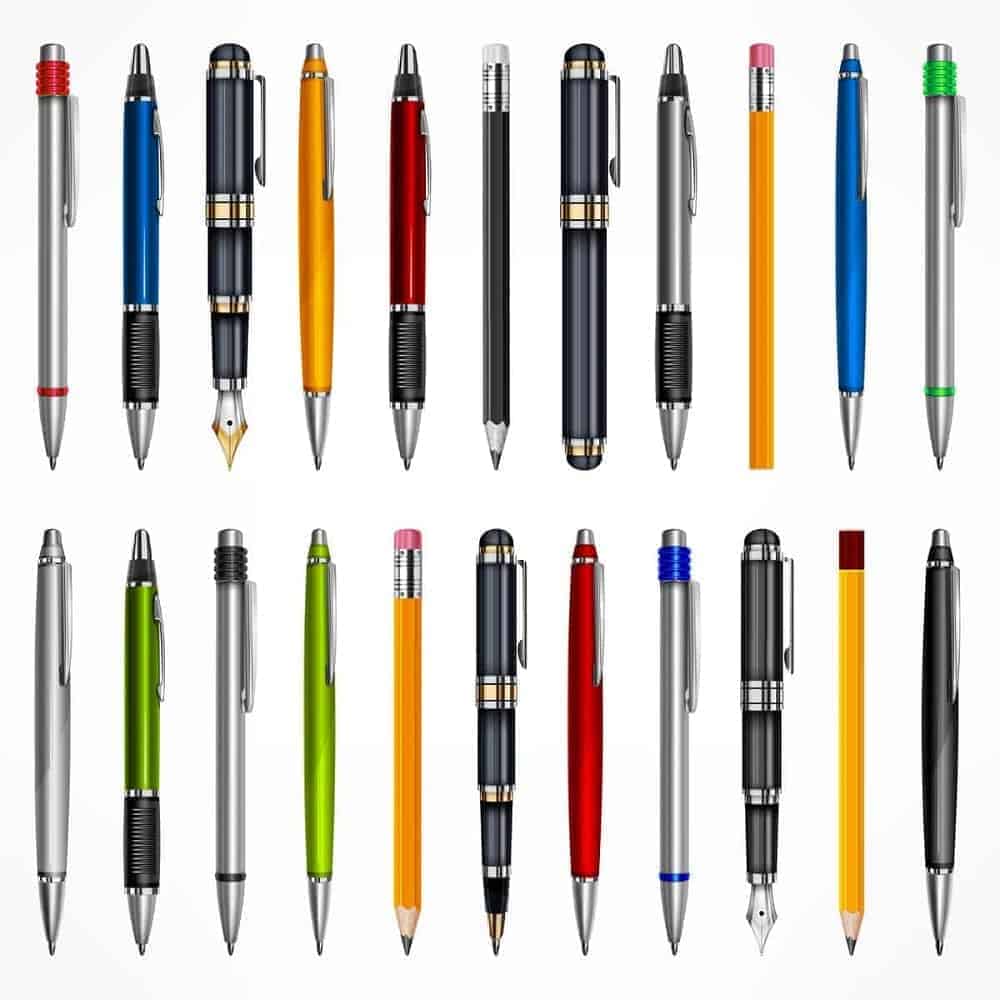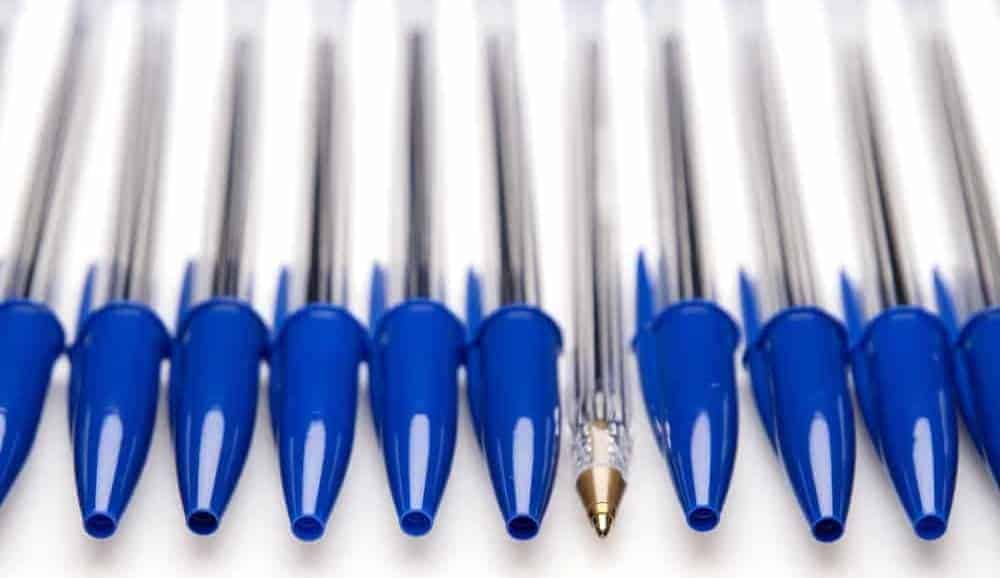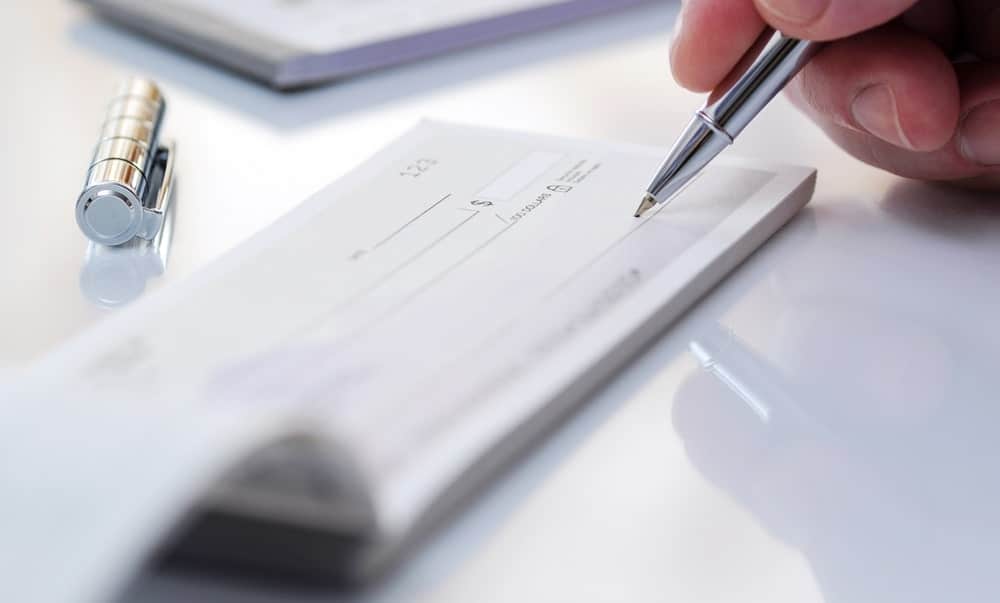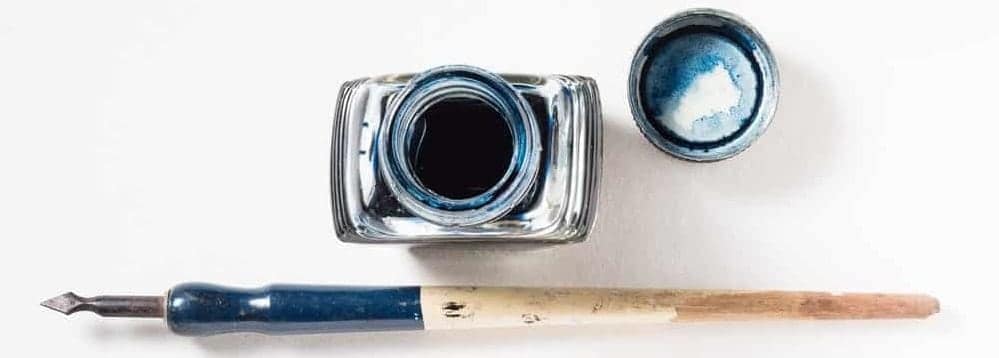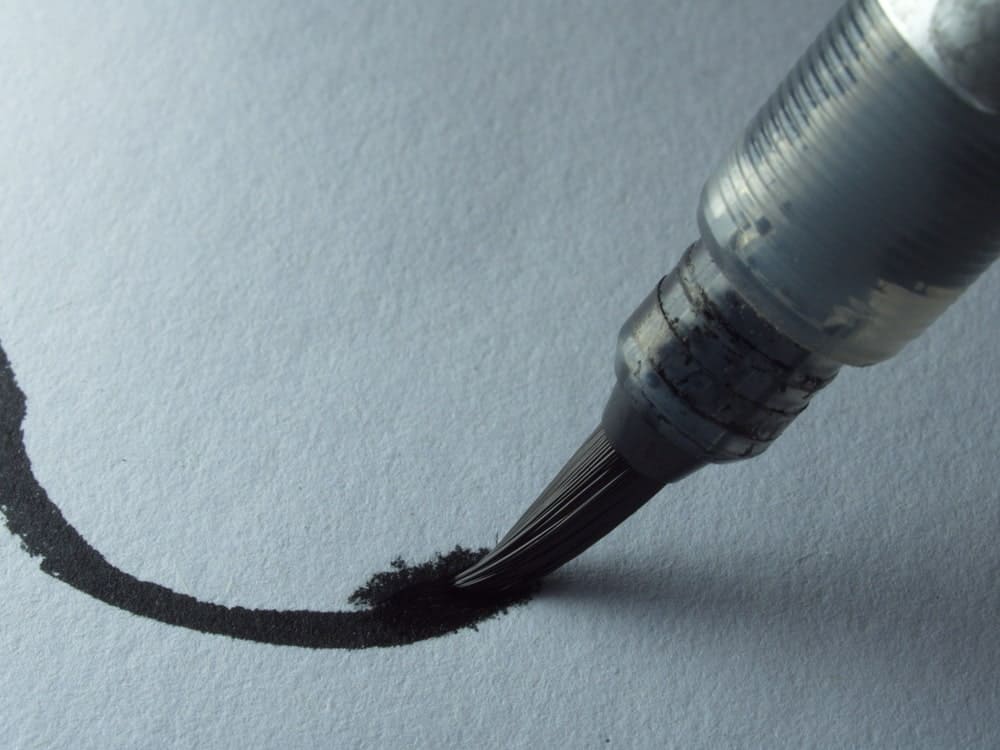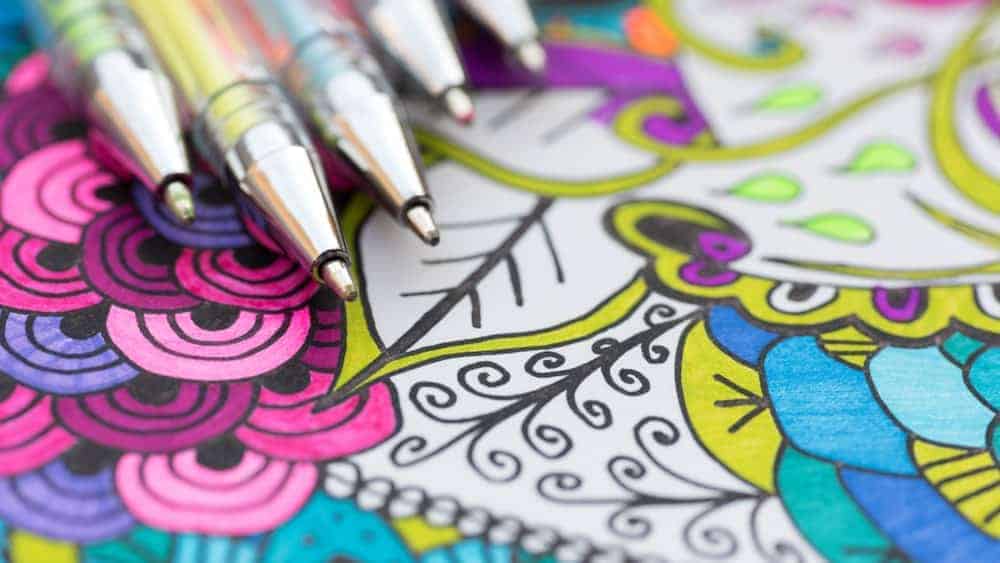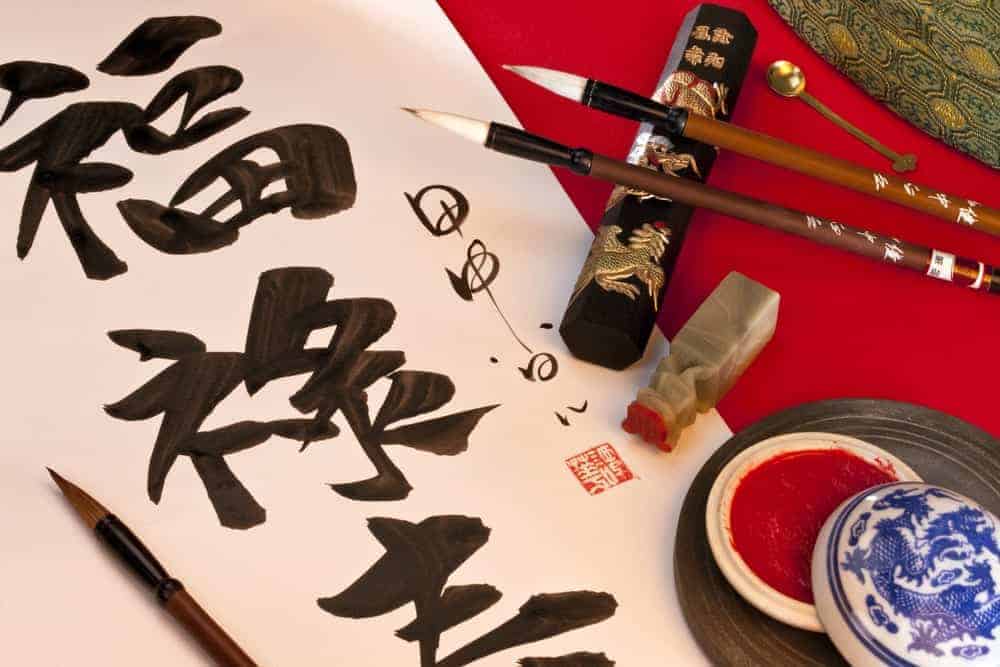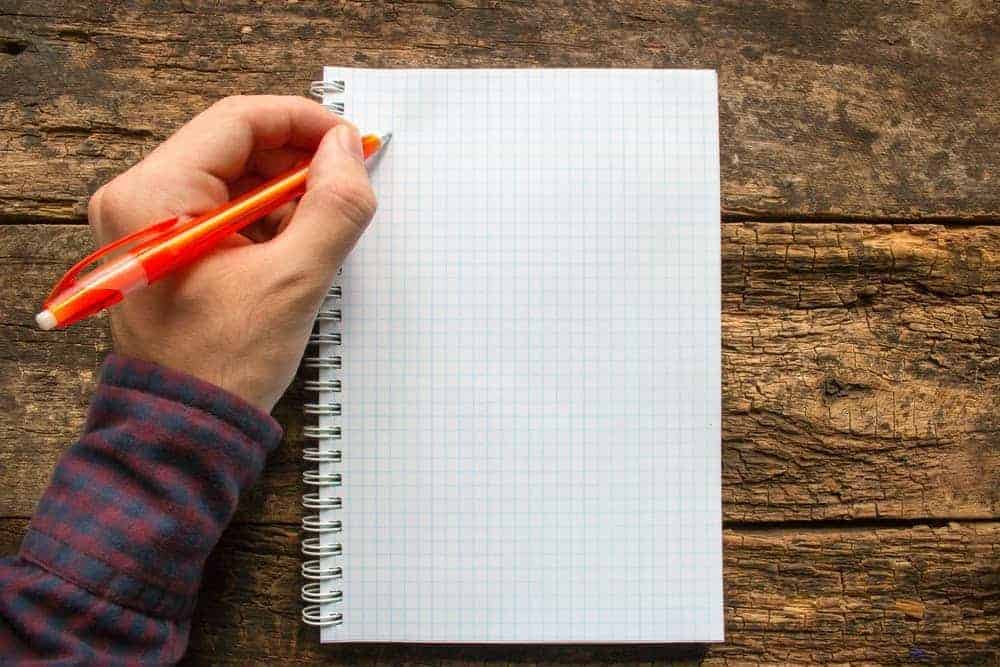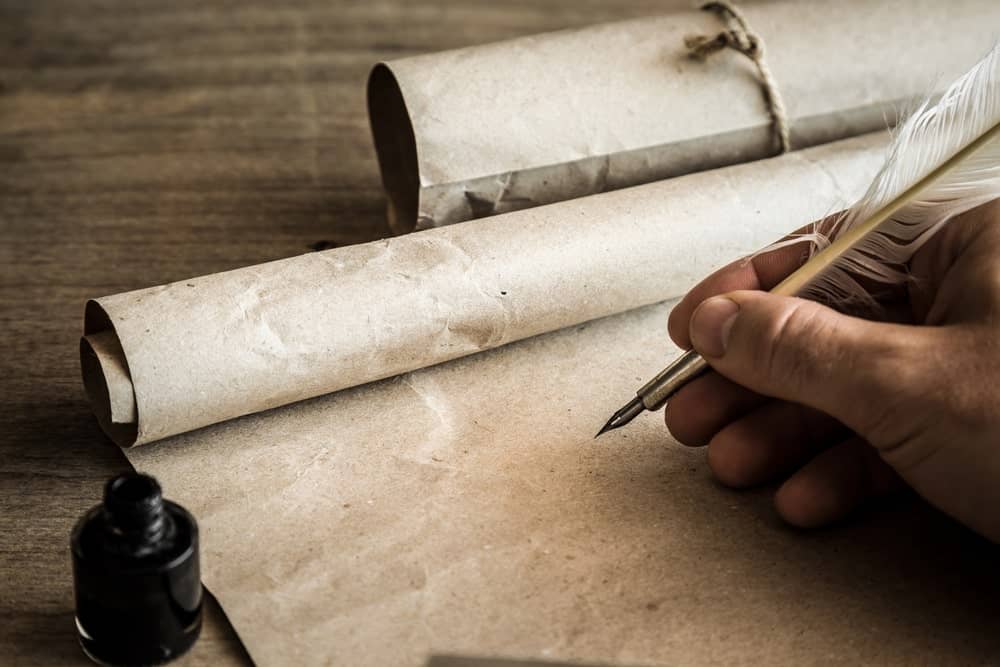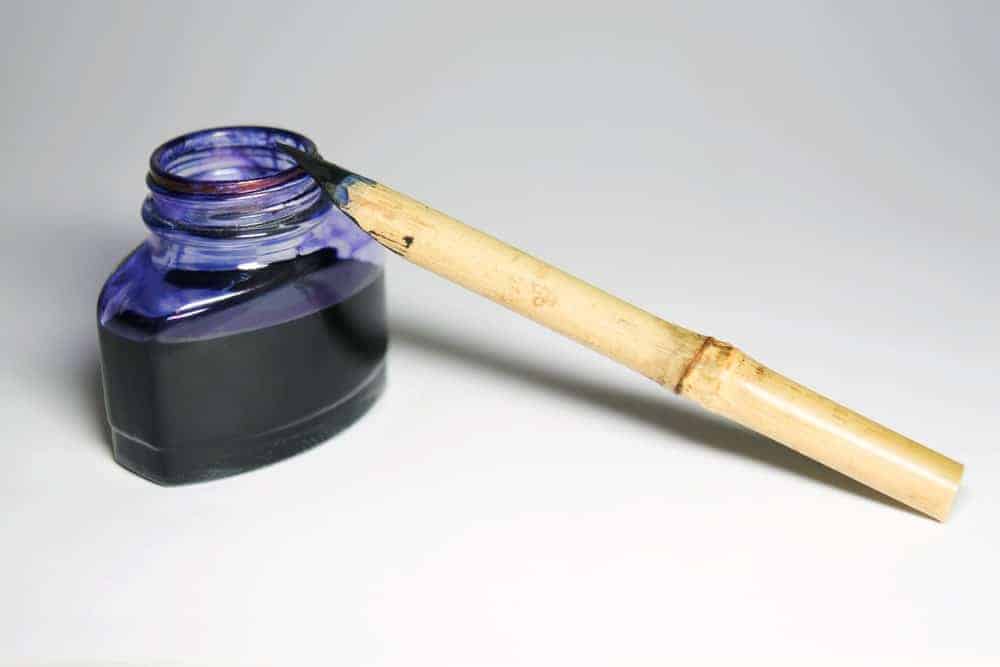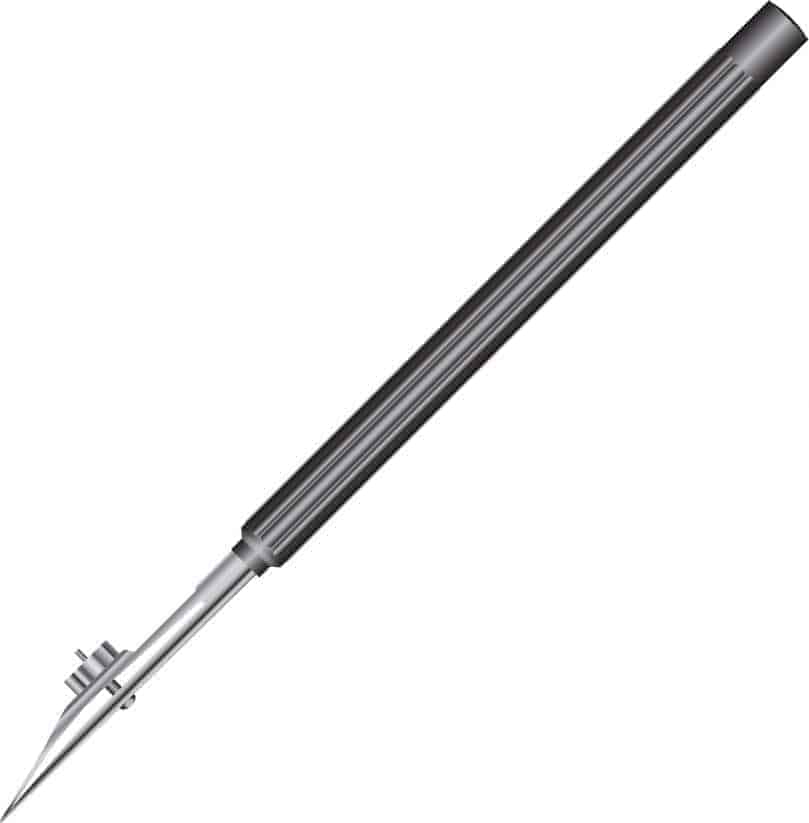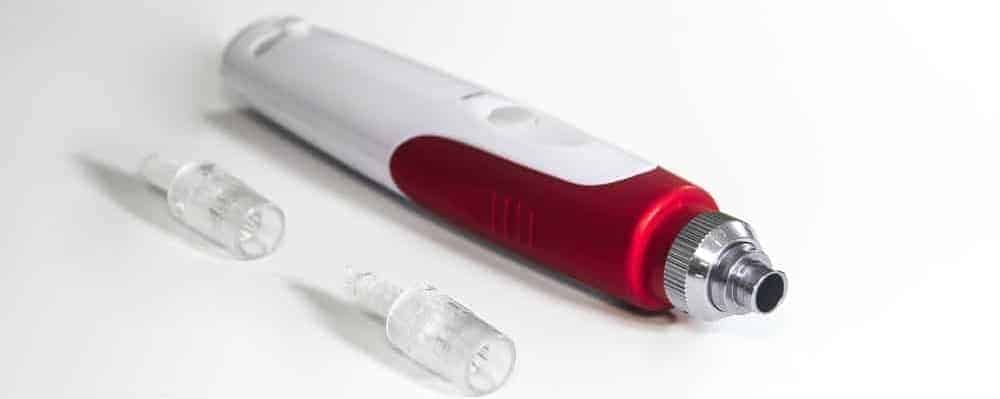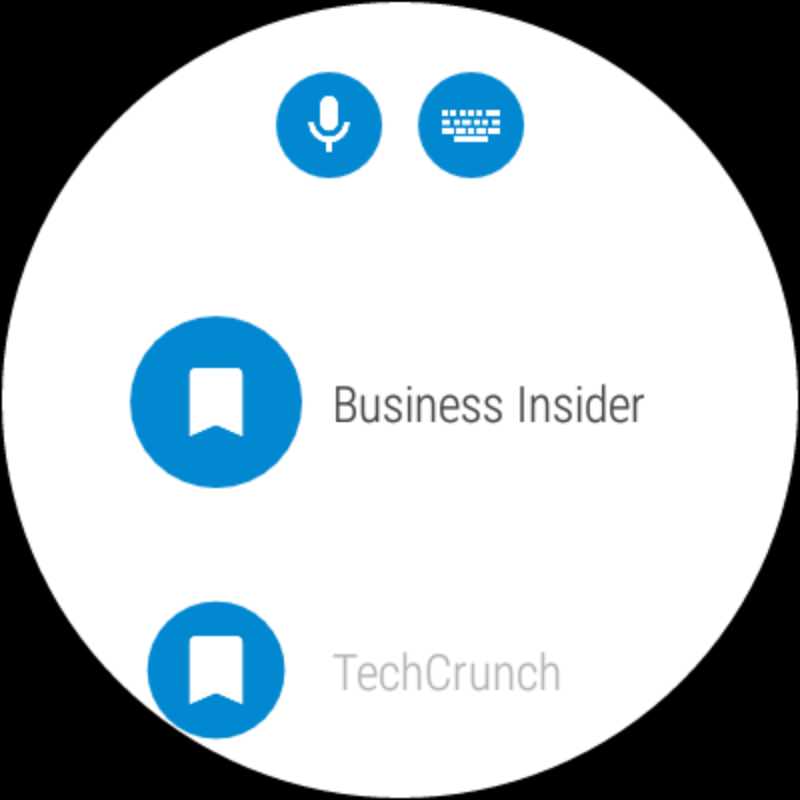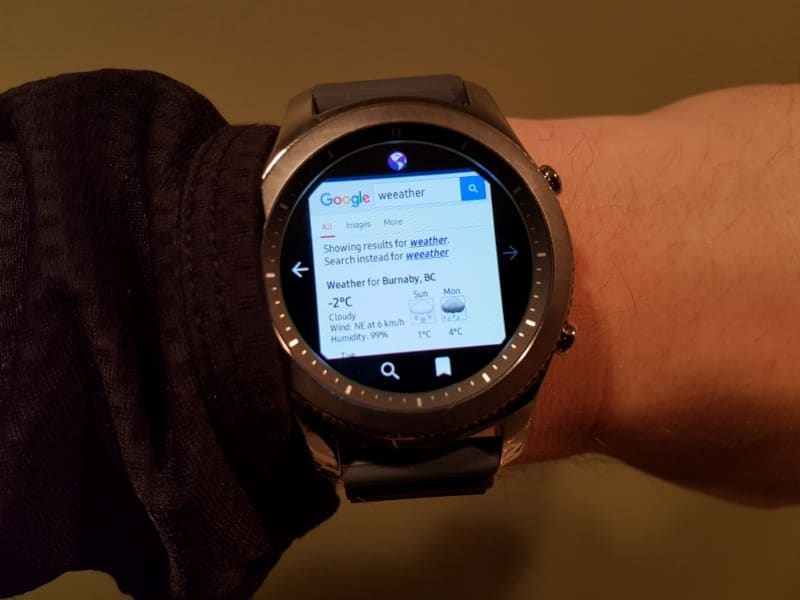Get to know the different types of pens or writing instrument that have been used from the earliest times to the modern day. We've got it all covered from reed pens in ancient Egypt to the convenient pens for lefties and from feather quills of the 6th century to the stylus pens of today.
Why are pens on a fashion and apparel website?
We’ll tell you why.
Pens are a fashion statement. Some folks take great care in the pens they buy, use and carry around. And since it’s a fashion statement, arguably an accessory, it’s on this site. Because sometimes, a pen is that perfect little pop for any outfit.
Contents
Ode to the Pen
Pens are a writing instrument used all over the world.
Though most businesses are slowly going paperless, pens are still used every day by billions of people around the world since they have become an integral part of many daily activities. Moreover, writing by hand has multiple benefits including improving memory, learning and creative expression!
A Quick History of Pens
The first writing instruments were extremely primitive. A blackened stick can be used to draw, after all. Egyptians used reed pens, a practice that can still be found today, and ancient Greeks used a stylus to mark on wax tablets.
Quill pens made from bird feathers were used with pots of ink for centuries. The first dip pens, made from steel, were invented in the 1800s. But still, they needed a separate pot of ink to function. Thanks to the magic of the Industrial Revolution and a few canny inventors, the modern pen as we know was developed.
Ballpoint Pen
The first ballpoint pen, or ball point pen, was invented in 1888 but there were some problems with the design. Later, the design was improved in 1938 by László Bíró. His design worked so well, the British Royal Air force used his ballpoint pens while in combat during WWII.
The first ballpoint pens on the market immediately caused a public sensation. New York City’s Gimbels department store ordered 50,000 of them. By the end of the first week the pens were available, 30,000 had been sold. [Source: BBC]
Ballpoint pens are used with oil-based inks. The ballpoint pen ink is rolled into a hard sphere of 0.5-1.2 mm. It can be made of tungsten carbide, steel or brass. The ink is designed to dry immediately as soon as it comes in contact with the paper. Ballpoint ink can also combine multiple colors in a single barrel and the writer or artist can depress whichever color they want to use.
Calligraphy Pen
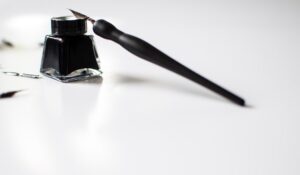
Calligraphy is a type of writing that is considered to be an art form. What are letters if not symbols, and what are symbols but a small work of art? Every letter of calligraphy is a work of art. This hand lettering style has been in use since ancient times. The Greeks created many different types of lettering styles. Calligraphy was also used widely in the Eastern world.
Several cultures around the world have used this writing style to make words beautiful. This is an art form that is still practiced today. It is commonly used on invitations. However, there is no one specific type of calligraphy pen.
Many types of pens can be used to create modern calligraphy lettering styles, including felt tip, fountain pens, dip pens, quills and reed pens. However, nib pens are used to create the most artistic lettering. This is the only way to create angled lines of varying thickness. Plastic, metal and wooden nibs are used. Nib pens are made in several different styles, including dip pen types and fountain pen designs.
Check Safe Pen
The United States Postal Inspection Office recovers more than $1 billion in counterfeit checks ad money orders every single year. Check washing is a very old scam that can be very lucrative. Many criminals will steal checks right out of mailboxes and use chemicals to “wash” the checks. This means they remove the money amount on the check but leave all other info, such as the date and the signature, so they can add their own dollar amount and make the checks out to themselves instead.
Check-safe pens are made with pen ink that is resistant to these chemicals. This ink is made to withstand check washing practices. These pens may also be marked as “anti-fraud” pens or “check security” pens.
Coit Pen

Coit pens, like many calligraphy pens, are made with nibs. The difference is that in coit pens, there is no split in the nib. The nibs are large so you can write in larger letters. These pens can also be used to add decorations and borders.
Dip Pen
Dip pens are designed with a metal nib and capillary channels. Their holder or handle is often made of wood. This pen doesn’t have an ink reservoir and needs to be constantly dipped into an ink well for use.
It offers certain advantages that fountain pens don’t. The dip pens can function properly with waterproof pigmented inks including acrylic, drawing and India ink. These inks would normally clog a fountain pen. You can even use traditional iron gall ink, which would cause a fountain pen to corrode. Dip pens can be used to draw illustrations and comics, as well as calligraphy.
Fountain Pen
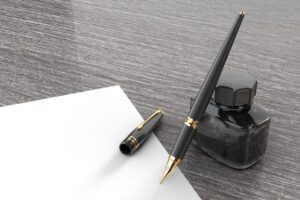
Fountain pens, also called cartridge pens, have ink inside of them already. This is a pretty normal thing today, but when the fountain pen appeared it was an incredibly innovative design. This pen had no need to be dipped in ink, which was totally amazing.
The first rudimentary design for the fountain pen emerged in the 10th century but working models were finally invented in the mid-19th century. Fountain pen designs are used with water-based liquid ink, which is less viscous than oil based ink.
The ink is delivered through a nib from a reservoir through capillary action and gravity. The fountain pen nib isn’t designed with moving parts but rather delivers the ink through a thin slit onto the paper. Reservoirs for the fountain pen ink are usually refillable. However, in many cases, disposable ink cartridges are used.
The refillable fountain pens are designed with a piston-like mechanism so that it is easy to draw the pen ink from the ink bottle through the nib. Some fountain pens are filled with eyedroppers but this can take too long. Refill reservoirs are also known as cartridge converters.
Fudepen
Fudepens, or fude pens, are also known as brush pens or brush tip pens. They are a cartridge-based writing instrument that is popularly used for East Asian calligraphy. They are a mixture of ink brush pens and fountain pens.
The pen nib has a brush-like quality made with brush strands or soft felt tips. The nibs are fed by a reservoir and most times the ink isn’t a traditional calligraphy ink. Keep in mind that only the fudepen with traditional ink adheres well to rice paper, while new pens are made for modern paper.
Gel Pen
Gel pens use gel ink, in which the color pigment is suspended inside a water-based gel. The pen ink is opaque and thick, which allows it to show up more clearly on slick or dark surfaces than other popular pens.
Gel pens are mainly used for illustrations and writing since they often come in bright neon colors. Recently, their use has grown to color in mandalas. Gel ink pen styles can be used on non-absorbent and smooth materials since it is less likely to bleed through the other side of the paper. The gel ink and gel pen allows for finer, controlled lines of color.
Ink Brush
The ink brush pen was the main writing tool in East Asian calligraphy work. The body of the pen was usually made with bamboo but some elites also used gold, silver, red sandalwood, glass and ivory pens. The head of the brush was made with feathers or hair of different animals including rabbit, deer and chicken. An old tradition of Japan and China was to make the ink brush with the hair of a newborn as a once-in-a-lifetime gift.
Marker Pen
Marker pens, or felt tip pens, were invented in 1910 but they didn’t become popular until later in the 1950s. Felt tip pen styles are made with a porous tip with fibrous materials. Felt tip pen styles, the marker pens with the finest, smallest tips, are used to write and draw artistically. In fact, a felt tip may also be called a sketch pen. Some companies, like Tombow, specialize in providing different types of marker pens.
Medium-sized ones are often used for drawing or coloring. Larger types are called “markers” and are used to write on large surfaces like a chalkboard, whiteboards and corrugated boxes.
Marker pens with bright but transparent inks and wide tips are referred to as highlighters. They are often used by students and professionals to highlight text that has already been printed or written. Pens for temporary writing like on whiteboards are usually filled with non-permanent inks. Other markers are filled with permanent ink to write on boxes or paper. Bold permanent marker colors are perfect for marking boxes but you want to keep them away from the kids.
Multi-Functional Pen
Many pens are designed with more than one purpose in mind. Some pens are made with a ballpoint pen on one end and a stylus on the other. Some other pens can also double as a clock, compass, eraser and more. Some pens are even made with a multi-color option, which is great for drawing and doodling.
Nib Pen
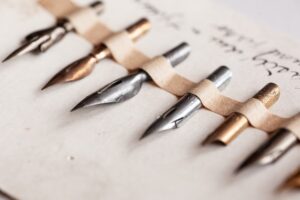
Nib pens are made with nibs of various sizes. Nibs are separate points that are attached to nib pens. These nibs come in various lengths and thicknesses. Many types of pens can also be nib pens.
Nibs come in many different styles, including soft and hard. The soft nib, or flex nib, does not write as smoothly as a hard nib style. This creates a scratchy effect, which is sometimes preferred in some lettering styles. [Source: Nibs]
Pens for Lefties
In a world full of righties, it can be really hard for left-handed people to find the right tools to write with. Writing with right-handed pens can smudge and smear the ink as you move from the left to the right. You need a left-handed pen with the right kind of ink to ensure that there are no smudges while writing.
Quill
Quills are usually made from the flight feather of large birds like geese. They were used before metal dip pens like fountain pens and ballpoint pens emerged as the main instrument of writing. The quill replaced the reed pen since it was easier to hold, soaked in more ink, and lasted longer. They were the most important writing tool in Western countries for a long time, especially between the 6th and 19th centuries.
Reed Pen
Reed pens are made from cut bamboo or another type of reed. They have a slit on top with a narrow tip for writing. It isn’t popularly used anymore. However, it was the main writing tool for ancient civilizations, especially in ancient Egypt in the 4th century B.C.E. In modern times, some students in Pakistan and India are taught with reed pens on timer boards; this practice is known as “Takhti.” Other than this, reed pens are used no more.
Rollerball Pen
The rollerball pen, sometimes called ball pen, was invented by Ohto Japan in 1963. These pens are used with gel ink or water based ink. The design is similar to that of the ballpoint since it also has a ball tip. The ink used in these pens is less viscous than oil-based inks, which allows the pen to move more smoothly over the paper. This pen combines the smooth “wet ink” of fountain pens with the convenience of ballpoint pens. Rollerball ink writes quickly and smoothly across paper.
Since gel inks come in a range of different colors, these pens are available in metallic, glitter, neon, saturated, blurred, vibrant, pastel, shady, see-through, shiny, glow-in-the-dark and invisible effects.
Ruling Pen
Ruling pens are mainly used as a drawing instrument with fluids and ink. The pen contains ink inside a slot between two metal jaws. The flexible jaws are tapered at a point in the pen. This enables them to make precise rendering with very thin lines. The width of the line can also be adjusted via the screw that connects the jaw.
Previously, ruling pens were only used for technical drawings with straight rulers and French curves. This is because many fields like cartography or engineering require a certain level of precision. Today, it is mainly used for calligraphy or picture framing. In the Soviet Union, ruling pens were mostly used by women as tweezers to remove eyebrow hair.
Skin Pen
Skin pens a specially designed so the ink can be applied onto the skin. These pens are also known as dermis pens, a more technical term. This is because they are usually used by surgeons before surgery to mark the body for cosmetic or medical purposes. The sterile surgical pen style was first invented in the 1970s by Fery Manteghi since you need everything to be sterile before surgery to avoid complications.
Soft-Grip Pen
The outer layer for soft-grip pens is made of a soft material. This ensures that there are no dents or welts on the fingers from writing too much. This is perfect for people who have a long exam coming or generally write a lot on an almost daily basis. Soft-grip pens come in gel, ballpoint, fountain, felt-tip and many other styles.
Space Pen

The Fisher Space Pen became famous because it was a retractable, pressurized pen known as the Anti-Gravity 7. It was designed to work flawlessly in zero gravity and was taken on the first manned Apollo mission in 1968 to the moon.
The pen is handcrafted and can write at any angle, upside down, over grease, in extreme temperatures, zero-gravity and underwater. It is three times the size of a normal pen since it has many different functions. It is available in 16 colors.
Stylus Pen
Stylus pens are also called styli or styluses. They are narrow, elongated pens like a ballpoint pen. A stylus is a small tool or writing utensil that is used to mark upon or shape other items, such as pottery.
The first stylus pen styles date to ancient Greece, when they were used to inscribe onto wax tablets. Stylus pens are different because they have no ink, wax or any other material inside them that will convey color onto a surface. Rather, a stylus works by touching an object only.
The more modern version of the stylus is used on digital screens. This design actually dates all the way back to 1945, when the head of the U.S. Office for Scientific Research and Development at the time designed a stylus to use on a digital touchscreen that could be used to create digital documents. [Source: Digitaltrends]
Some modern pens are made with a ballpoint tip on one end and a touch screen stylus on the other end.
Technical Pen
Technical pens are specialized tools that are used by a drafter, engineer, or architect to make lines. They ensure that a constant width is maintained to provide accuracy in engineering, technical, or architectural drawings. They are made with either a replaceable ink cartridge or a refillable ink reservoir.
Ruling pens were improved by adjusting the gaps between the pair of calipers. In ruling pens, the bowed leg and flat leg have a gap between them, which held the ink. The width of the line by the pen could be adjusted by adjusting the gap between the legs. Such pens were popular since they kept a constant angle to the paper that allowed precision, which is why they are perfect to draw lines.
The Graphos introduced the first technical pen in 1934. This pen was designed to make points interchange easily and miniaturized the caliper principle. The Sheaffer Company even improved the design to make an expensive drafting set that could be used on linen prints.
How to Wear a Pen

A good pen is a style accessory as much as it’s a practical writing tool. In fact, some people can recognize the top pen brands the way they recognize the top watch brands. High-end pen makers make recognizable designs and use specific markings to set their pens apart. Clearly, these pens are meant to be part of your overall look.
Carry your pen inside the breast pocket of a suit jacket. Some suit jackets have a special pocket specifically for a pen. However, you can also get a bit more creative and carry your pen right on your briefcase. Most briefcases have a sleeve that is thin enough to clip a pen onto. You can also clip a pen onto your shirt, placing it between the second and third or third and fourth buttons, counting down from the top.
Pens are made with clips on them so they can be worn. There are plenty of convenient ways to carry a pen. But you wear a pen on your clothing or accessories because you’re also making the pen a part of your look.
Pens are really important items that have become an essential part of our daily lives. Writing by hand has shown to have many benefits. It makes learning easier, which is why students are encouraged to indulge in note-taking. Writing by hand has also been shown to improve memory and enhances the creative expression of the individual. So, which type of pen is your favorite?
FAQs
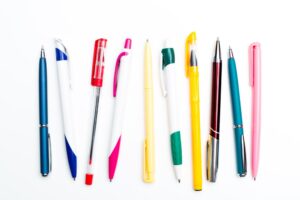
There’s still a lot to know about pens. And if you’ve got a lot of questions, so do lots of other people. Get the answers to the most common pen questions and get the knowledge about pens you’ve always wanted to have.
Are types of pens for calligraphy different from types of pens for drawing?
There are many different types of pens. Some are made specifically for certain activities, such as calligraphy pens, writing pens and drawing pens. The pen you use to create any type of art, whether it’s calligraphy or a great fiction story, is based entirely on what works best for you and what works feels right to you.
Can pens be recycled?
If you’re thinking about whether or not pens can be recycled, good! Pens are so extremely common and such normal everyday objects that few people ever think about recycling them. However, Bic alone sells more than 8 billion products a year, including pens, pencils and markers. That’s a lot.
Most pens are made with plastic, which does not biodegrade. It simply fills up landfills, creating a huge environmental problem that is being felt around the world. Reducing plastic consumption is a primary goal for superpowers and environmentalists all over the globe.
But recycling pens isn’t quite as easy as dropping them in a blue bin once they’re used up. Most recycling centers will not accept small plastic items like this. Pens are difficult to recycle because they are made with many different types of plastic and sometimes metals as well. They contain cartridges that have ink inside them, which poses another problem.
However, there are ways to recycle pens. Some artists, corporate recycling programs and grassroots recycling programs accept pens for recycling purposes as long as you ship them. Look for pen recycling programs and start saving your used pens instead of throwing them away. When you get enough, ship them off to be recycled.
Can pens dry out?
Pens can definitely dry out, though some types of pens are more prone to it than others. This problem most commonly happens with felt tip pens and ballpoint pens, though ballpoint pens can write for a long, long time before they dry out.
If your pen has dried out, you can attempt to revive it again with some maintenance. First, use a damp cloth to clean off the tip of the pen. Sometimes, gunk can accumulate here and block the ink. You can then hold the tip of the pen over steam for about three minutes.
If that doesn’t work, consider your pen dried out. If you can’t replace the ink cartridge inside, it’s time to replace the pen.
Are there pens that don’t bleed?
Pens are a remarkably useful little device but like everything else, they aren’t always perfect. The ink used in pens can sometimes bleed through the paper it’s on and leave ink on whatever is beneath the paper. If you’re writing on a beautiful antique desk, that’s definitely no good.
So can you get a pen that won’t bleed? There is no specific type of pen that won’t ever bleed. Even ballpoint pens can potentially bleed. Rollerball pens and gel pens are perhaps more prone to bleeding than other types of pens, as are felt tip pens.
Your best bet is to look for pens that are designed not to bleed. However, ink will bleed and even great designs can have problems. Heat, cold and other environmental factors can affect the way ink and pens behave, so there is no way to prevent all bleeding all the time…unless you use a pencil!
Are there pens that won’t smudge?

Many people don’t like to use pens of any kind because the ink has a tendency to smudge. Sometimes, the ink doesn’t dry immediately and sometimes, it gets wet and then smudges. Luckily, some companies do produce smudge-proof pens that are designed with ink that dries quickly and doesn’t smudge. You can also get pens made with waterproof ink.
What is ink made of?
For pen manufacturers, the exact formula for their ink is a trade secret. However, most pen inks contain color pigment, dye, that is mixed with oil or water. Other chemicals, such as oleic acid, are added in small quantities to get the ink to the right consistency and help it flow smoothly without clotting up or drying out. [Source: Sciencing]
What is the difference between fountain pens and ballpoint pens?
The difference between fountain pens and ballpoint pens is in how they function. Ballpoint pens require you to put pressure on the page you’re writing on. That’s fine in the short term but if you’re going to write for an extended period of time or you write throughout the day, this can cause muscle soreness and pain.
The ink flows from the fountain pen more freely, so you don’t have to apply pressure. In fact, you can use a fountain pen with a very relaxed grip. However, fountain pens can potentially leak, smudge and create other issues because the ink inside of them is so thin. [Source: Scribbler Planet]
What is the anatomy of a pen?
Different types of pens are made differently but for the most part, pens are made with a solid or hollow body. Usually, they’re made of plastic, wood or metal. In hollow body designs, such as ballpoint pens, there is an ink cartridge inside. Ballpoint pens are made with a metal ball inside a socket at the tip. Some pens have additional parts, such as springs, which extend or retract the tip when a button on the pen is pushed in retractable pen designs. [Source: MadeHow]
Solid body pens, such as nib pens, are made with a tip that is designed to fit nibs of varying sizes. [Source: Nibs]
Sources:
Bustle – The 6 Best Pens For Note-Taking That Don’t Bleed
eHow – How to Fix Dried Out Gel Pens
eHow – Types of Calligraphy Pens
Guardian – The best protection against check washing schemes? Stop using checks
Geek Calligraphy – Geek Calligraphy Guide to Pen Types
Inkstable – 5 Cool Ways to Carry Your Favorite Pen
New World Encyclopedia – Calligraphy
Recycle Nation – How to Recycle Pens
Recyclebank – Can You Recycle Markers And Pens?
ThoughtCo – Inventor Laszlo Biro and the Battle of the Ballpoint Pens

